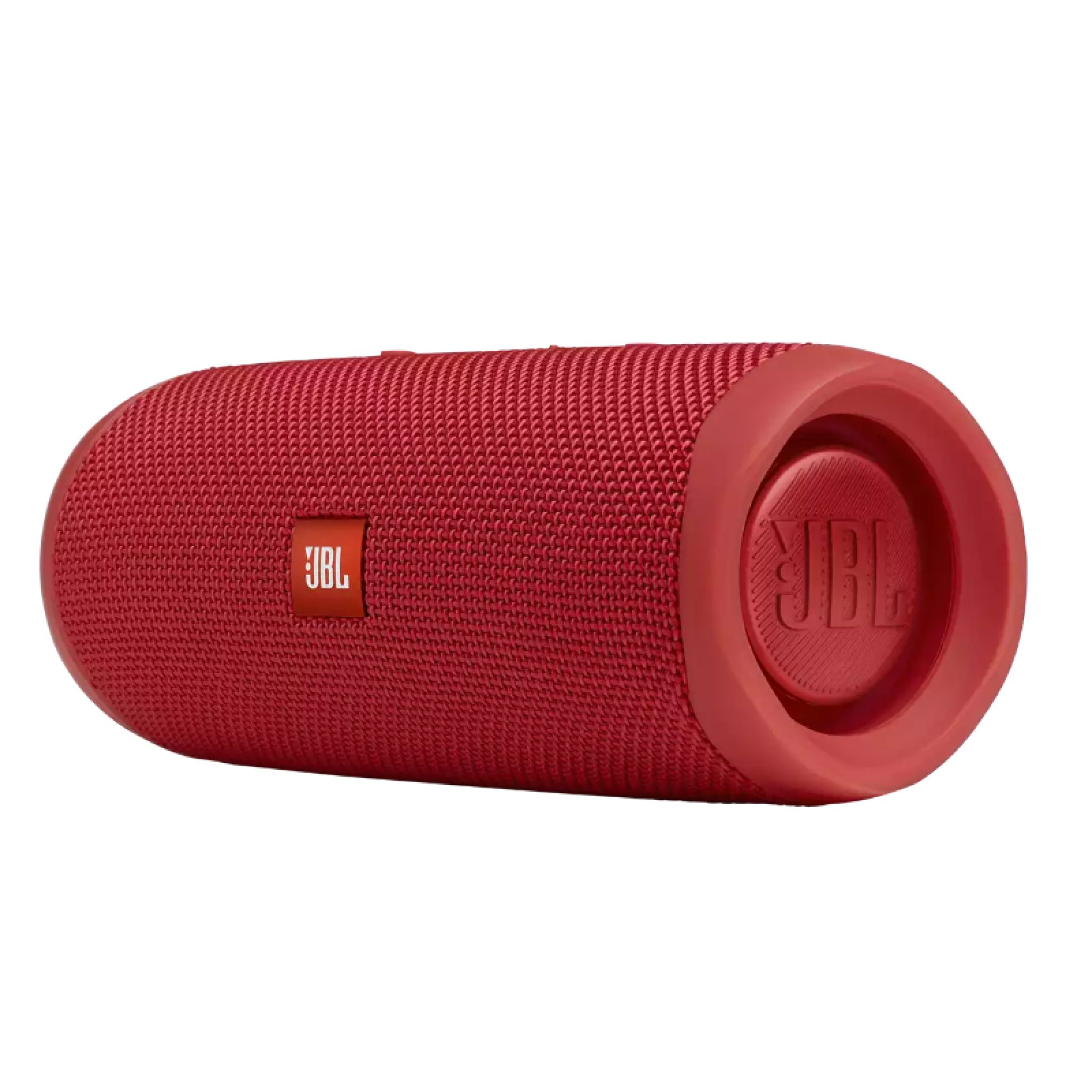

But if you’re going to play music (and you’re not too tight on space), you might consider the better-sounding full-sized Echo. The Dot doesn’t deliver great volume except in a very small room, so it’s fine for listening to podcasts. What’s not to like: The sound quality of the fourth-generation Dot isn’t great, but it’s better than the older versions, which recalled interactions with a bad telephone connection. You can even pair an Echo to a Bluetooth speaker you already own to give it smart speaker functionality. The Dot can also serve as an inexpensive way to introduce smart speaker functionality throughout your home in an Alexa-based multiroom system. What’s to like: Despite the small size and low price, the Dot offers the same smart speaker functionality as its far more expensive brethren. Who it’s for: A smart speaker newbie looking for an inexpensive way to see if it really makes sense to add a digital assistant to one’s home. And if you’re going to mostly place the Wonderboom 2 on a picnic table or a beach blanket, there are slightly larger models, like the Sony SRS XB-23 or the JBL Flip 5, that offer better performance for nearly the same money.
SMART TUNES BLUETOOTH SPEAKER PORTABLE
Among the truly portable models that you’d listen to on the go, it’s relatively large and has a small mesh loop at the top in lieu of a strap or handle. What’s not to like: The Wonderboom 2 is a solid performer, but consider how you’re going to use it before you buy it. It also has an IPX67 rating, which means it’s water- and dust-resistant, according to UE. Our testers find the model to be easy to use, with large buttons and a user-friendly Bluetooth pairing mode. The bass could be stronger, and the midrange, which isn’t particularly rich, has a trace of an echo. The sound quality is on a par with most portable models. What’s to like: The Wonderboom is short and squat, and fits nicely in your hand. Who it’s for: A listener looking for music by the handful. That said, the SRS-XB13 sounds significantly better than its predecessor, the SRS-X12, which has a constricted, nasal quality that knocks it down a notch in our sound-quality ratings. The bass, as you might expect from a speaker so minuscule, isn’t very strong, and the midrange and the trebles lack the smoothness and detail you get from more expensive models. What’s not to like: Given the price tag, it’s not surprising that the Sony has a few sonic limitations.

The SRS-XB13 also delivers enough volume to fill a small room. The speaker features IXP67 water resistance, which means it can survive a modest dunking and should repel dust. The model comes in six fun colors, ranging from basic black to coral pink, and the lanyard-style strap makes it easy to carry around. What’s to like: The Sony SRS-XB13 is a great value, offering solid performance for only $50. Who should buy it? Someone looking for a small, cheap speaker to give as a gift or to just toss in a bag and bring to the park. The Micro works best if you’re close to the speaker and listening to spoken word content or background music. What’s not to like: If the Micro’s palm-sized profile isn’t super-important to you, check out the Bose SoundLink Color II it offers much better sound quality for not much more money, albeit in a package that’s less water-resistant. Bose claims that it’s water-resistant, too, so it’s a good choice for wet-and-wild action. What’s to like: The tiny SoundLink Micro is cute, hyper-portable, and comes with a strap that allows you to latch it to a bicycle, backpack, or stroller. Who should buy it: A podcast-loving fan of itsy-bitsy speakers. Best Small Bluetooth and Wireless Speakers Bose SoundLink Micro Please note that the testing protocols for wireless speakers and smart speakers are slightly different, so you shouldn’t compare scores across the two categories. Each was purchased through normal retail channels and evaluated in our labs by trained technicians for sound quality, ease of use, and versatility.

The smart speakers, on the other hand, need to be plugged into an electrical outlet in a space with WiFi access.Īll the models below-listed from most to least expensive-endured our rigorous testing program. The wireless models have rechargeable batteries, which means they can be tucked into a backpack or even attached to a bike and used on the go.


 0 kommentar(er)
0 kommentar(er)
